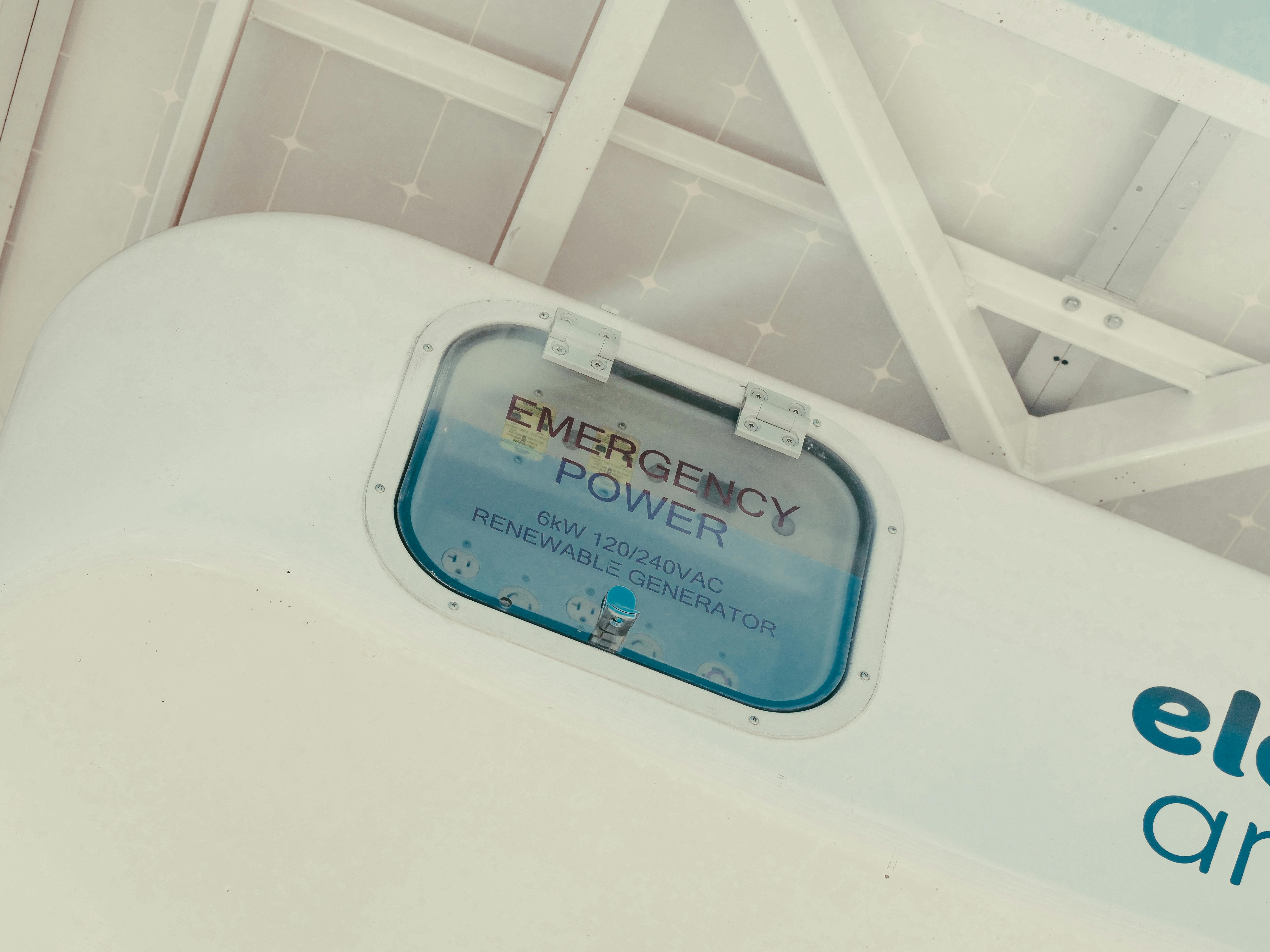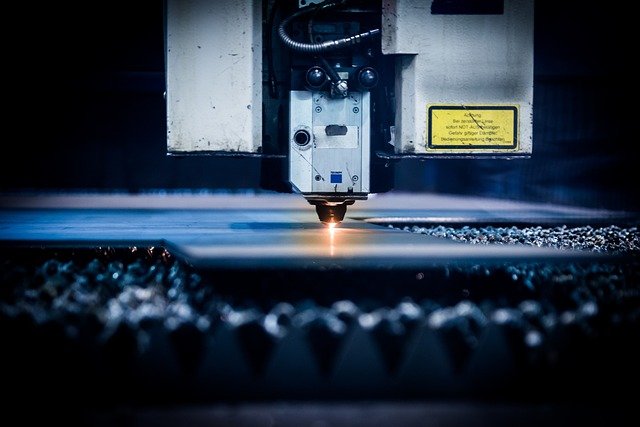Ultra-Thin Laptops: The Intersection of Style and Functionality
As technology continues to evolve and improve, the tech industry has witnessed a noteworthy trend - the rise of ultra-thin laptops. These devices, often less than an inch thick, offer a blend of functionality and style that was unimaginable a decade ago. But how did these sleek machines come into being, and why are they so popular today? Let's peel back the layers and delve into the fascinating world of ultra-thin laptops.

The Early Days: A Quest for Portability
The concept of portable computing is not a new one. The Osborne 1, considered the first truly portable computer, was introduced in 1981. This 24-pound behemoth, though revolutionary at the time, was a far cry from the sleek, ultra-thin laptops we know today. It was the introduction of the MacBook Air by Apple in 2008 that truly set the stage for the emergence of thinner laptops. The MacBook Air, at just 0.76 inches thick, was billed as the world’s thinnest notebook, sparking a trend that has continued to this day.
Current Scenario: Thinner, Lighter, Faster
Today, ultra-thin laptops are no longer a novelty but a norm. Major players such as Dell, HP, Lenovo, and Asus have all introduced models that are less than an inch thick, offering a variety of features and specifications. Intel’s Ultrabook specifications, introduced in 2011, set a standard for thin and light laptops with high-performance capabilities. The current crop of ultra-thin laptops not only boasts of superior design but also advanced features like high-resolution displays, powerful processors, long battery life, and fast SSD storage.
The Price Tag: Premium Devices with Premium Prices
Ultra-thin laptops, with their sleek design and advanced features, often come with a hefty price tag. Prices can range anywhere from $700 for entry-level models to over $2,000 for high-end versions. While the premium price might deter some consumers, many are willing to pay for the convenience, portability, and style that these devices offer.
The Market Impact: A New Standard in Laptop Design
The rise of ultra-thin laptops has had a significant impact on the laptop market. They have set a new standard in laptop design, prompting manufacturers to continuously innovate to make their devices thinner and lighter without compromising performance. This trend has also influenced the consumer electronics market as a whole, with other devices like smartphones and tablets also becoming increasingly slim over the years.
The Future: Where Do We Go From Here?
The future of ultra-thin laptops looks bright, with manufacturers continually pushing the boundaries of what’s possible. We can expect to see even thinner devices with better performance, longer battery life, and more advanced features in the coming years. However, as technology continues to evolve, manufacturers must balance the demand for thinner devices with the need for durability, usability, and affordability.
In conclusion, ultra-thin laptops are a testament to the incredible progress we’ve made in technology. They combine style and functionality in a way that appeals to a broad range of consumers, from business professionals to creative artists. As we look to the future, it’s exciting to imagine what the next generation of ultra-thin laptops will bring.




